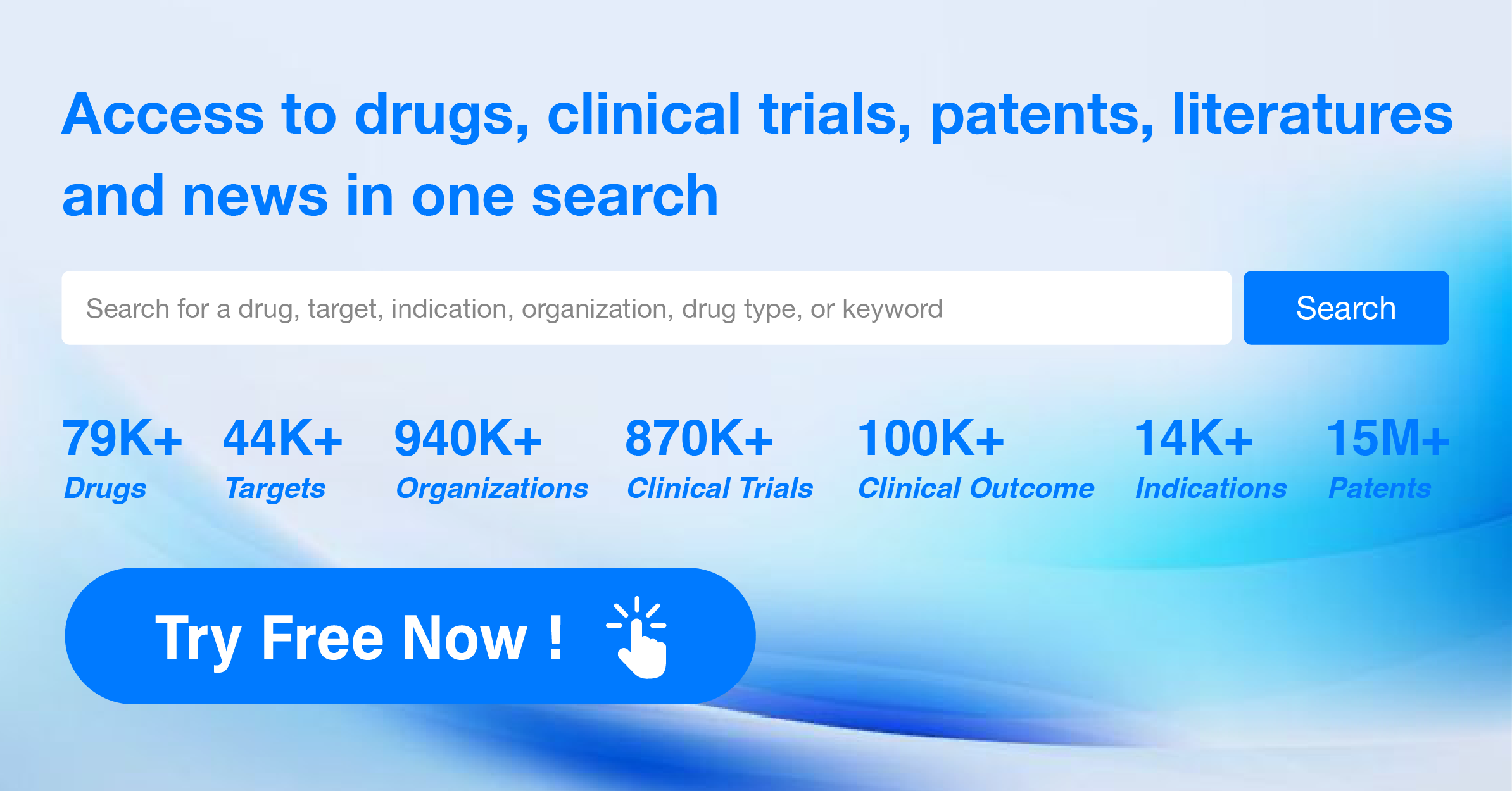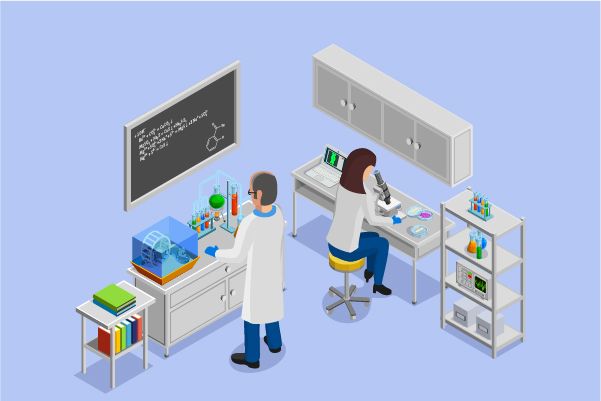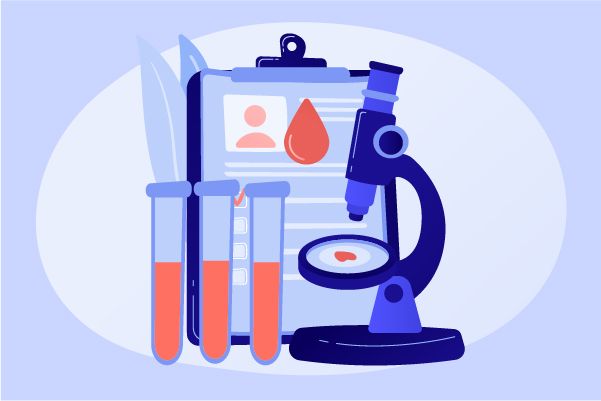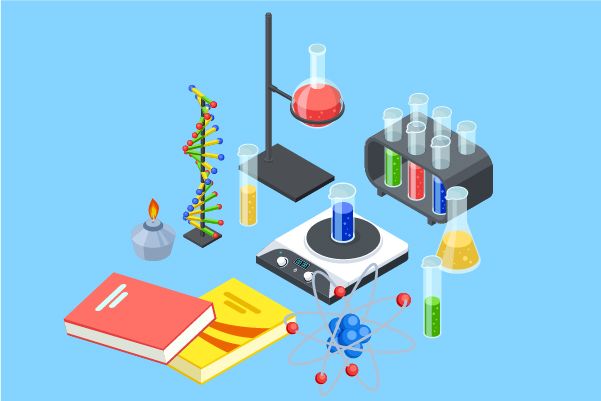What factors should be considered when placing physical distances in the workplace in the event of an infectious disease?
When placing physical distances in the workplace in the event of an infectious disease, it is important to consider several factors. These include:
1.Mode of transmission: The mode of transmission for the infectious disease should be considered. For example, airborne diseases require more distance between individuals than contact-based diseases.
2.Type of work: The type of work that will be done at the workplace should also be taken into account. For example, jobs that involve close proximity with others may require greater physical distancing measures.
3.Size of workspace: The size of the workspace should be considered as well. A larger workspace may allow for greater physical distancing, while a smaller space may require more creative solutions such as staggered shifts or flexible work arrangements.
4.Accessibility: Physical barriers and accessibility should be considered. For example, if physical distancing requires workers to stay behind a barrier, this must be accessible and easy to navigate around.
5.Ventilation: Ventilation plays a significant role in reducing the spread of respiratory illnesses. Good ventilation can help reduce the concentration of virus particles in the air, which can decrease the risk of transmission.
6.Communication: Clear communication about the need for physical distancing and how it will be implemented is essential. This includes providing clear instructions on how to maintain physical distance, who is responsible for enforcing the rules, and what consequences will occur if the rules are not followed.
It is important that it is combined with other public health measures, such as hand and respiratory hygiene, environmental clean-up and disinfection of commonly touched surfaces and objects, ventilation, wearing face masks and a policy of staying at home if unwell.




